Electrical Engineering (1st)
These projects are at the midpoint of a two-semester sequence. They are not complete.
E1.01 Electro-Magicians: Light-Fidelity Systems (Li-FiS)
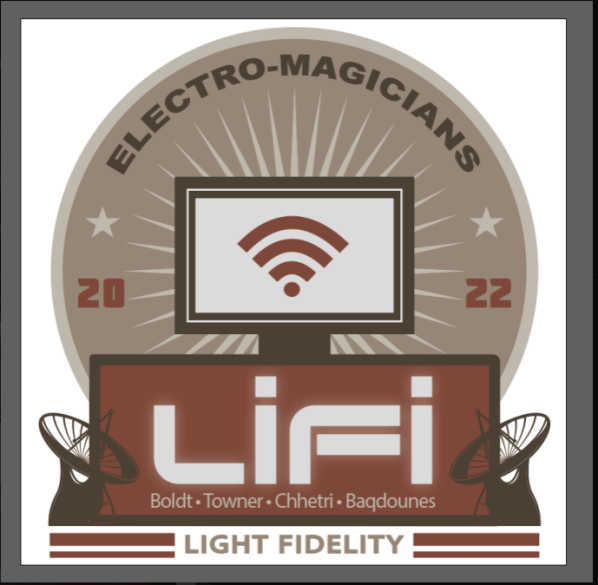
Sponsor: Mr. George Salazar, NASA-JSC
Student Team: Patrick Towner, Yasmin Baqdounes, Nathan Boldt, Rupendra Chhetri
Faculty Advisor: Dr. Richard Compeau
The Electro-Magicians are investigating light-fidelity technology to demonstrate a prototype proof-of-concept of a wireless communication system that uses light to send and recieve information. The high-speed data transfer occurs between a current-driven light source and a photo-detecting device from which the light signal is amplified and processed to communicate commands to and from other systems. Like Wi-Fi, the Li-FiS can stream content from a server and the internet. The product is essential because using Li-Fi technology for future human spaceflight missions in a spacecraft or space habitat can provide advantages over Wi-Fi related to data speeds and electromagnetic interference.
E1.02 Control Systems with Mixed Reality
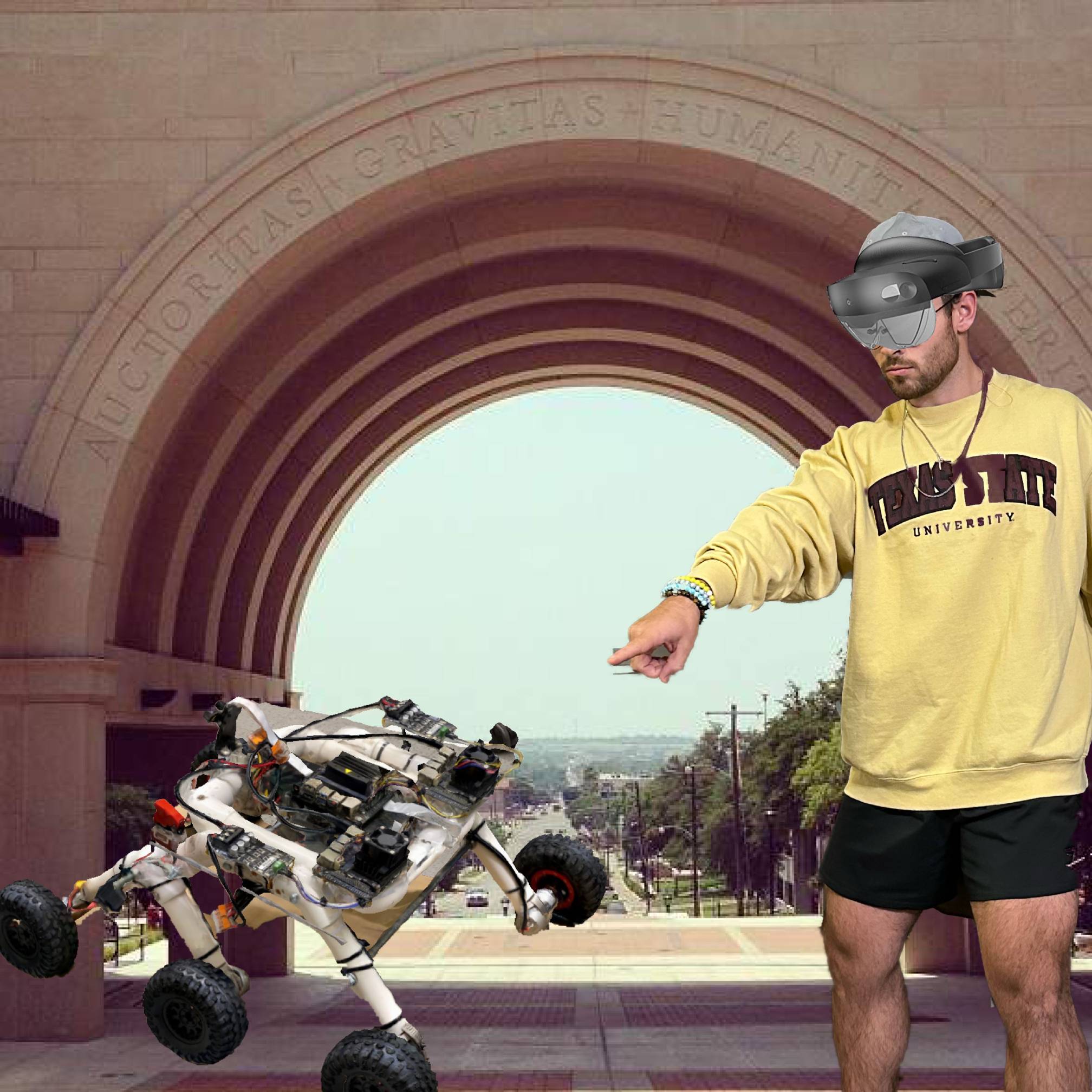
Sponsor: Institute of Electrical and Electronics Engineers (IEEE)
Student Team: Nathan Bausinger, Kingsley Agyenim Boateng, McKay De La Vega
Faculty Advisor: Dr. Semih Aslan
Our project is a mixed reality headset solution that will act as a proof of concept to show the capabilities of teleoperation of robotics. The project will utilize Microsoft's HoloLens 2 headset to display several holograms that the user can interact with to control the functionality of a system. For D1, the user will be able to control the color of a RGB LED at a distance based on the interaction with the holograms presented. For D2, the team plans on using the methodologies obtained from D1 to control a "fire-bot" rover.
E1.03 Fire-Bot Enhancements
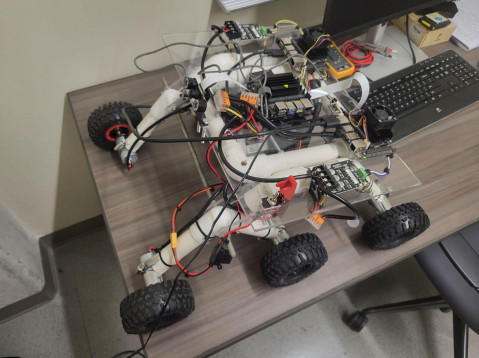
Sponsor: Dr. Damian Valles
Student Team: Oscar Resendiz, Tony Alebesun, Benjamin Swann, Timothy Maraj
Faculty Advisor: Mr. Lee Hinkle
Fire-Bot is an autonomous rover that can traverse and environment freely. It has two ML models on board that detects screams and people through smoke through IR. The Fire-Bot Team will be responsible for the following: optimization if the ML models on Jetson Nanos from running on the CPU to their GPU, a depth camera and LiDAR subsystem will work in a parallel to enable the development of autonomous capabilities, and creation of a remote interface that displays optimized data through a GUI on a website via a local network. This is important because it allows firefighters to find people in danger faster and safer than blindly entering a building they are not familiar with.
E1.04 Electrostatic Field Mill

Sponsor: Dr. Karl Stephan
Student Team: Roberto Toledo, Ani DeGroot, Nathan Cortez, Thierry Stevenin
Faculty Advisor: Mr. Mark Welker
Our project is an electric field mill that will record real time changes in atmospheric electrostatic fields in varying weather conditions to see if lighting will occur. It measures the electric field every second through a capacitor that is periodically exposed to the atmosphere. It must be built to withstand rainy weather and be able to record data for up to 24 hours at a time to an SD card.
E1.05 Fuzz Breaker Stomp Pedal

Sponsor: Dr. Cecil Compeau
Student Team: Kevin Seets, Adriel Castro, Kyle Hughes, Jose Valenzuela
Faculty Advisor:
Our product is a guitar effects pedal with an equalizer to control the Hornet fuzz and BluesBreaker overdrive effects. The effect pedal will include the Hornet, BluesBreaker, blending circuit and EQ in a stompbox-style enclosure. Effect pedals are used by guitarists to achieve certain sonic tones that are otherwise unattainable from the standard strumming of a guitar. Effect pedals also allow guitarists to control the sound effects with their feet while playing the guitar itself.
E1.06 Guitar Effects Stompbox
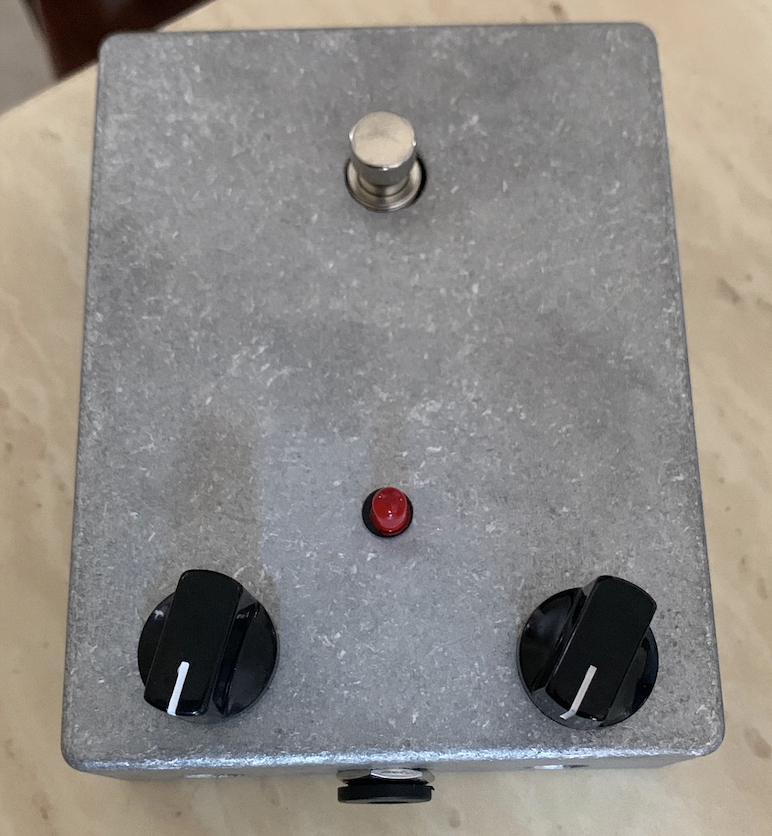
Sponsor: Dr. Richard Compeau
Student Team: Benjamin Schroeder, Juan Medina, Jacob Rubio, Mohammad Aly
Faculty Advisor: Dr. Richard Compeau
Our product is a dual-effect solid-state analog guitar distortion device that incorporates the high gain and high sustain of the fuzz face Hornet, with the smooth, yet gritty, sound of the DOD OverDrive 250. Our Stompbox will provide guitar enthusiasts with a single device that houses two separate distortion effects with individual treble, bass, and volume tone controls. Powered by either a 9V battery or wall supply, the Stompbox can be left at home or taken on-the-go.
E1.07 Robo-Fetch II
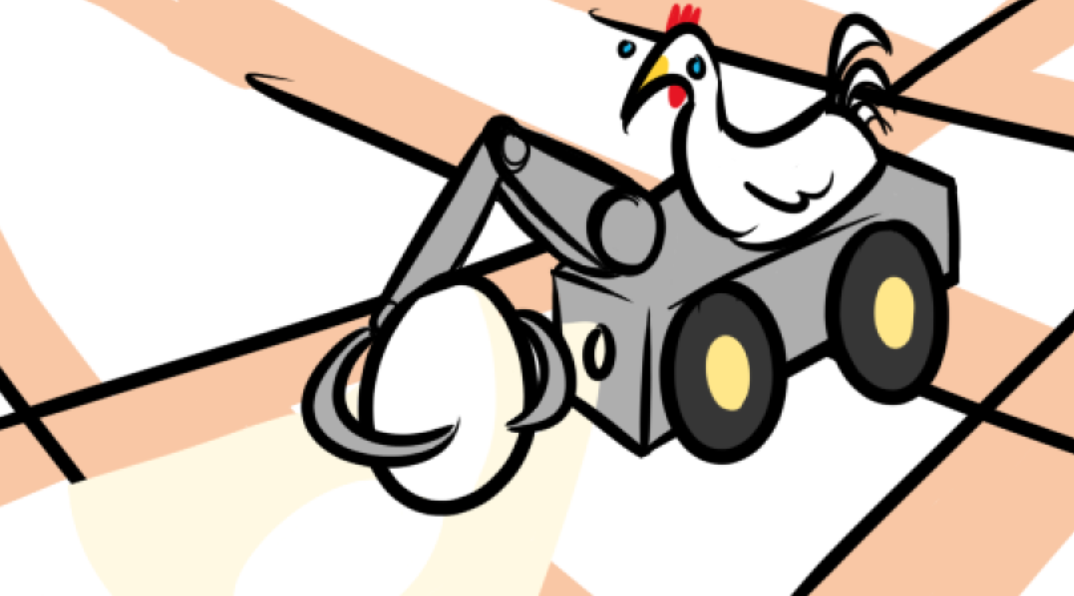
Sponsor: Jeffrey Stevens
Student Team: Oscar Ramirez, D'Angelo Palomo, Noel Alvarez, Rouie David
Faculty Advisor: Jeffrey Stevens
This robot will be designed and built to search a defined area for eggs to fetch. The robot will be able to find, pick up, and return an egg to the robot's starting area. The egg can be either real or plastic, and the robot will be able to find a plastic egg based on the color selected by the user.
E1.08 Egg-fetch 2

Sponsor: Mr. Jeffrey Stevens
Student Team: Michael Black, Sammy Girma, Daniel Ontiveros, Zachary McLeod
Faculty Advisor: Mr. Jeffrey Stevens
Our product is an autonomous robot that will be capable of identifying small objects (in our case: colored eggs) in a bounded environment and relocating them with a small gripper, or claw-like component which will be included with out kit. Our robot must also be able to navigate around unwanted eggs to get to the eggs which are desired. They will then be returned to the starting position.
E1.09 Heat Island Kartographic Environment

Sponsor: Mr. Lee Hinkle
Student Team: Jeremy Hester, Leigh Cross, Jack Hotchkiss, Samuel Osagie-Aruya
Faculty Advisor: Mr. Lee Hinkle
Our product is a portable data logger that measures temperature, humidity, and location for heat map generation. It will be lightweight, affordable, and mountable on a backpack while a user is walking around. Using our device, city planners can identify hot-spots to integrate solutions for heat dispersal to build heat-conscious cities. This grows increasingly relevant, as per the EPA, excessive heat is responsible for increased energy consumption and decreased public health.
E1.10 Heat Island Mapping 2
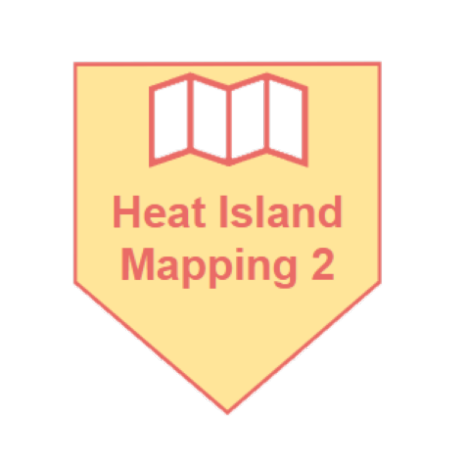
Sponsor: Mr. Lee Hinkle
Student Team: Michael Dubose, Tavon Kelly, Miguel Martinez
Faculty Advisor: Mr. Lee Hinkle
The Heat Island Mapping 2 project seeks to develop a cheap and easily portable urban heat island mapping device. This device will be able to sample and record temperature, humidity, light intensity, and location data periodically. Users will be able to view some relevant data in the real time via an on-board display. Additionally, the data will be able to be viewed on a map via a wired desktop connection and on a mobile device through a wireless connection.